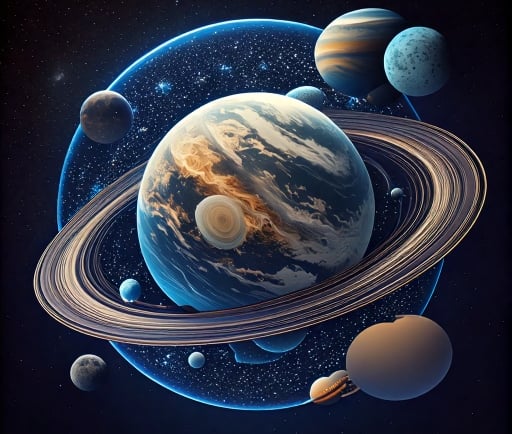The Planetary Parade of Our Solar System


Understanding the Planetary Parade
The term 'planetary parade' refers to a celestial event where several planets align in such a way that they can be seen in the night sky from Earth. This extraordinary alignment is a fascinating occurrence, lighting up our solar system with the brilliance of its celestial bodies. In our solar system, there are seven prominent planets that participate in these planetary parades, showcasing a breathtaking sight for astronomers and sky gazers alike.
The Seven Planets of Our Solar System
In our solar system, the seven known planets, namely Mercury, Venus, Earth, Mars, Jupiter, Saturn, and Uranus, each play a vital role in the dynamic interactions of celestial mechanics. During a planetary parade, these planets can often be observed in the same region of the sky, creating a visual spectacle that invites admiration and wonder from all who observe it. As the planets traverse their orbits, they sometimes align closely enough that they appear as a cluster, greatly enhancing the visibility of each planet.
Capturing the Moments of Alignment
For those keen on astronomy, being able to witness a planetary parade is a cherished experience. The best opportunities to observe these events usually occur in the early morning or just after sunset when the planets are positioned favorably against the backdrop of the darkening sky. Whether you are a professional astronomer or a casual stargazer, a well-planned observation event can lead to unforgettable moments of awe as our neighboring planets shine brightly in unison.
Beyond the visual impact, these events can also spark interest in the field of astronomy, encouraging more people to explore the wonders of our universe. Schools, observatories, and community groups often organize gatherings during these celestial displays, promoting education and engagement around planetary science.
In summary, the planetary parade is not just a beautiful phenomenon but also a reminder of the grandeur of our solar system, encouraging individuals of all ages to look up at the night sky and marvel at the planets that orbit our sun. As we continue to study and understand these celestial bodies, we deepen our knowledge of the universe's mysteries and our place within it.
